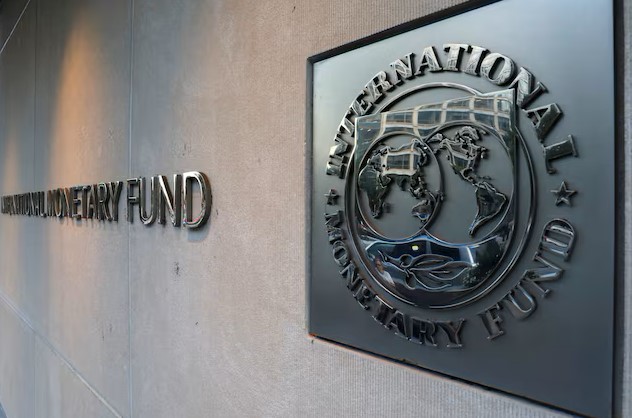Fed rate cuts to revive loan appetite for developing countries - IMF

The lender says developing nations will be looking to leverage the easing cost of accessing loans to acquire more funding.
Kenya and other developing countries could revive their appetite for external loans following the first-ever Fed interest rate cut in four years by the US Federal Reserve on Wednesday.
This is according to the International Monetary Fund (IMF), which says developing nations will be looking to leverage the easing cost of accessing loans to acquire more funding for fiscal consolidation and development purposes.
More To Read
- World Bank upgrades Kenya’s growth outlook to 4.9 per cent, warns of elevated risks
- Africa’s share of global extreme poverty rose by 30 per cent in 10 years - World Bank
- Revenue raise, prudent debt key to Africa’s 2026 upgraded growth prospects - IMF
- World Bank urges shift to local currency loans in Africa
- Kenya ranked 10th in Africa’s most attractive investment destinations
- IMF questions Kenya’s exchange rate policy amid new funding negotiations
With the benchmark Fed rate moving down from the 5.25 - 5.75 per cent range to 4.75 - 5.0 per cent, it reflects ease in the interests charged on loans by lenders, making borrowing less costly.
In addition to this reduction, the Federal Open Market Committee indicated through its "dot plot" the equivalent of 50 more basis points of cuts by the end of the year.
Further, the matrix of individual officials' expectations pointed to another full percentage point in cuts by the end of 2025, and a half point in 2026, portraying a positive prospect for much longer ease in the cost of borrowing.
The IMF exhibits that capital flows to emerging markets and developing economies went through several boom-bust cycles in the recent past, partly driven by external developments such as monetary policy decisions in major advanced economies.
"During the recent global monetary tightening, inflows to many developing countries proved relatively resilient, benefitting from robust policy frameworks and healthy international reserves," the lender says.
"However, some of the most vulnerable countries were disproportionately affected by higher external borrowing costs, illustrated by a sharp slowdown in Eurobond issuance."
Eurobonds are international debt instruments issued by countries in a currency different from their own, typically the US dollar or the euro.
They are primarily used by higher-risk emerging markets and developing countries because they avoid the limitations of their often less-developed domestic capital markets, allowing borrowers to access foreign capital and diversify their funding sources.
But unlike local currency bonds, Eurobonds involve exchange rate risk for the borrower, and their interest rates are particularly sensitive to monetary policy settings for the currency of issuance.
Data by IMF shows there was a sharp slowdown of Eurobond net issuance by developing economies, which fell to an annual $40 billion (Sh5.2 trillion) in 2022-23, down 70 per cent relative to the prior two years.
The reduction in Eurobond flows reflects a combination of tightening external financial conditions and pre-existing vulnerabilities in affected economies, such as fiscal and external sustainability challenges.
"Some countries with more robust fundamentals and policy frameworks were able to substitute foreign currency issuance with local currency debt, funded in part by domestic investors," IMF says.
"As a result also, many countries responded by cutting investment to reduce imports, weighing on economic growth. Others drew on their reserve buffers, which could reduce their ability to withstand future shocks."
Net Eurobond issuance has a strong negative association with advanced economy interest rates.
When bond yields in the United States and other advanced economies slumped during the Covid-19 pandemic, borrowers in emerging markets took advantage of the cheap borrowing costs to issue debt.
During the subsequent tightening of monetary policy by the Federal Reserve and other major central banks, Eurobond inflows in many lower-rated emerging markets and developing countries dried up as borrowing rates reached prohibitive levels.
Eurobond issuance diminished even as the interest rate differential widened in favour of emerging markets and developing economies, pointing to the importance of external interest rates for this type of capital flow.
The lender, therefore, reiterates that as the benchmark interest rate conditions begin to become more favourable for borrowers, the cycle may support an additional rebound in Eurobond issuance and a broader revival of capital flows to developing economies.
Top Stories Today














































